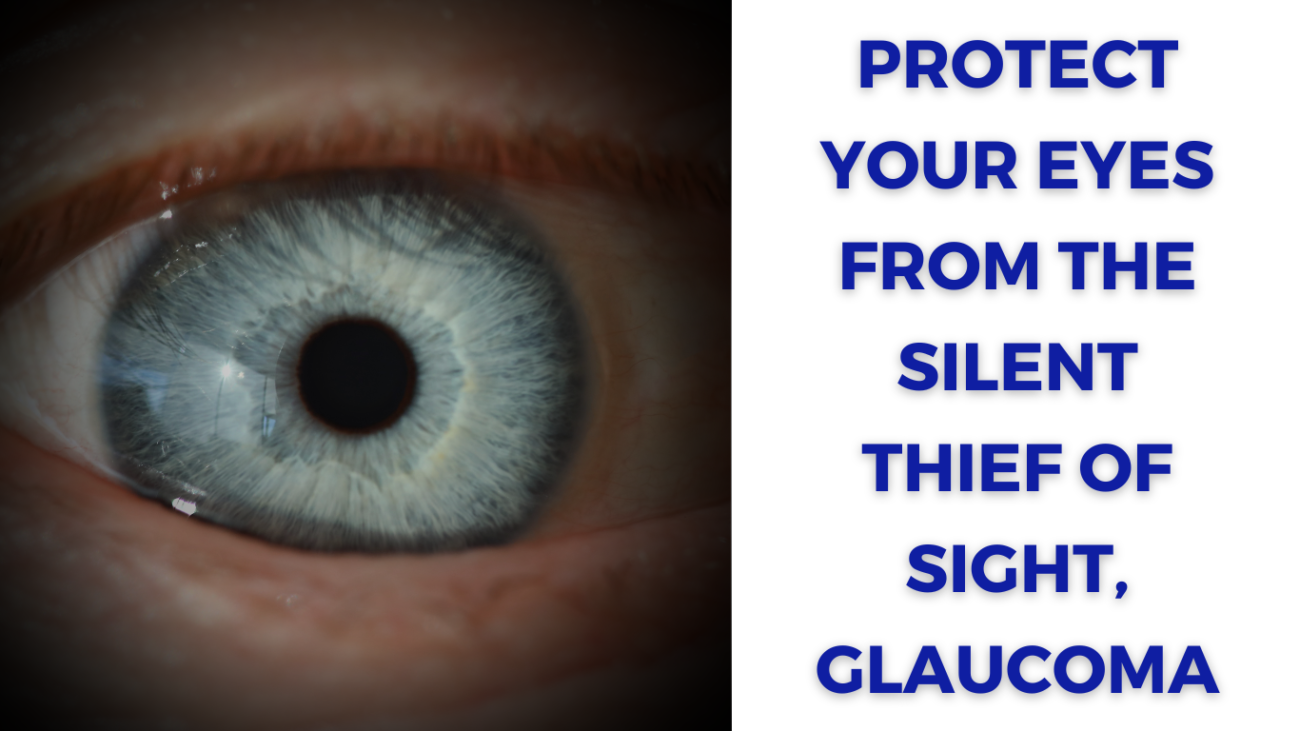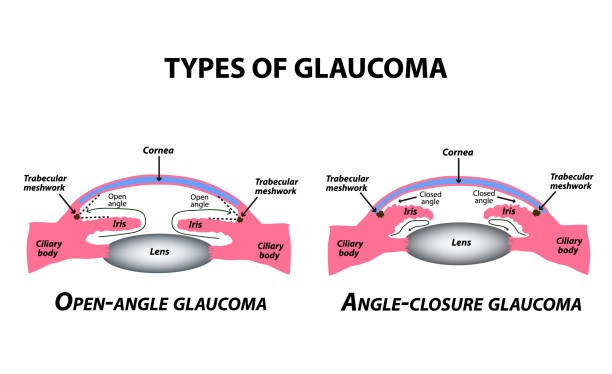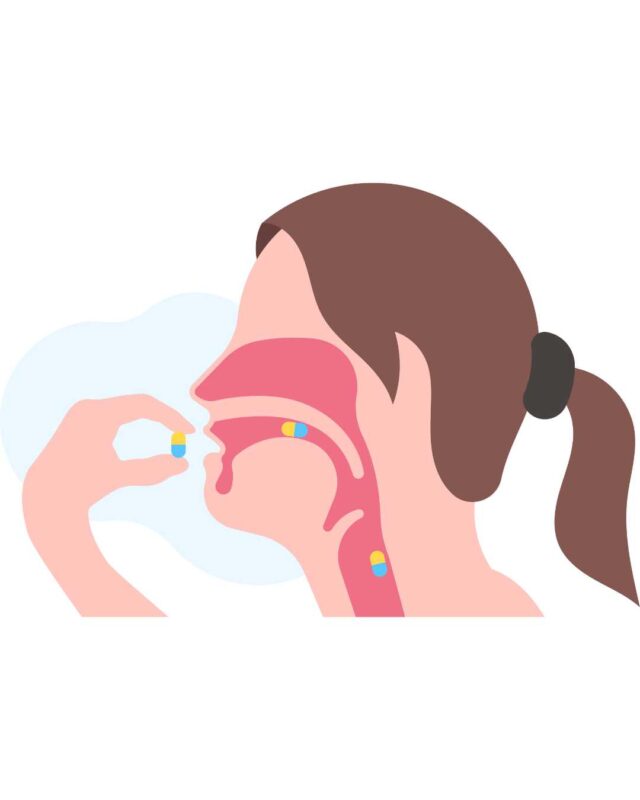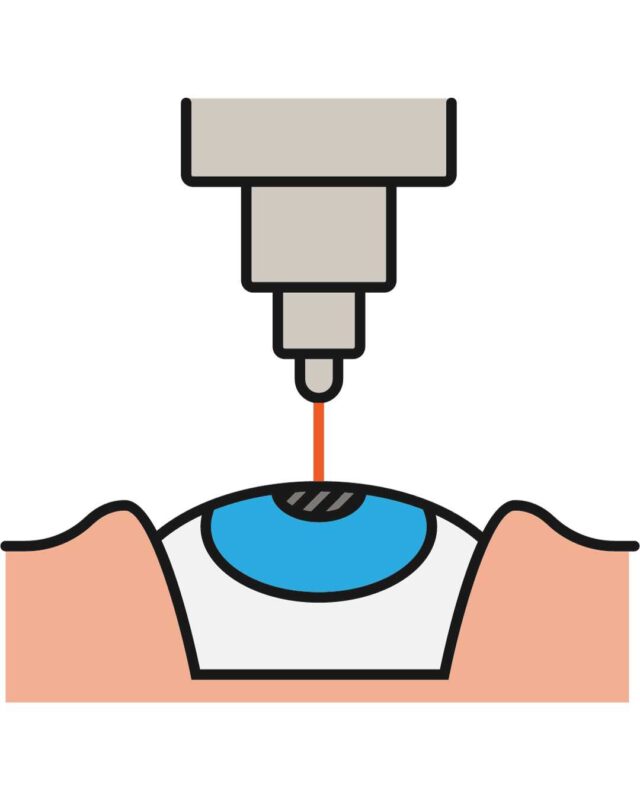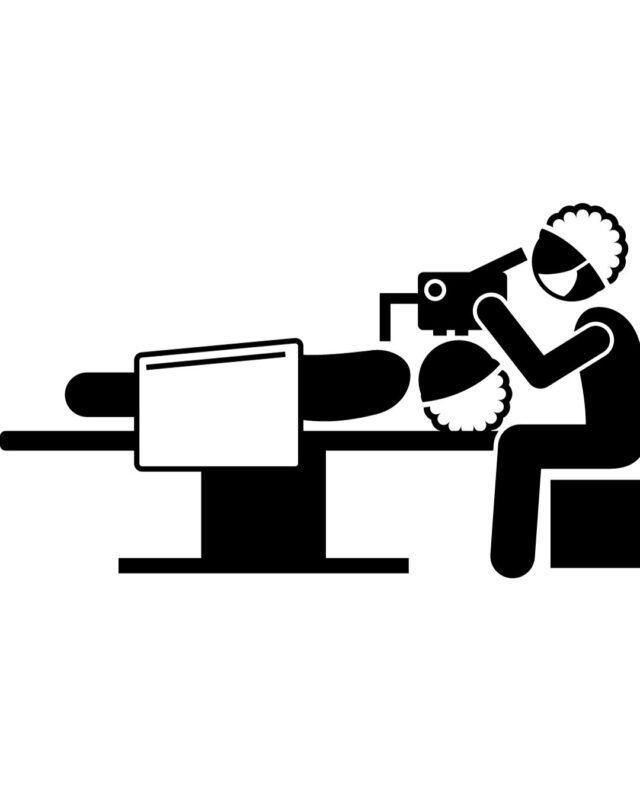Glaucoma
Glaucoma is a serious eye condition that often progresses without noticeable symptoms until significant damage has occurred. Understanding and managing glaucoma is crucial for preserving vision and maintaining overall eye health. In this guide, we will delve into the types of glaucoma, risk factors, detection methods, treatment options, and practical tips for patients.
